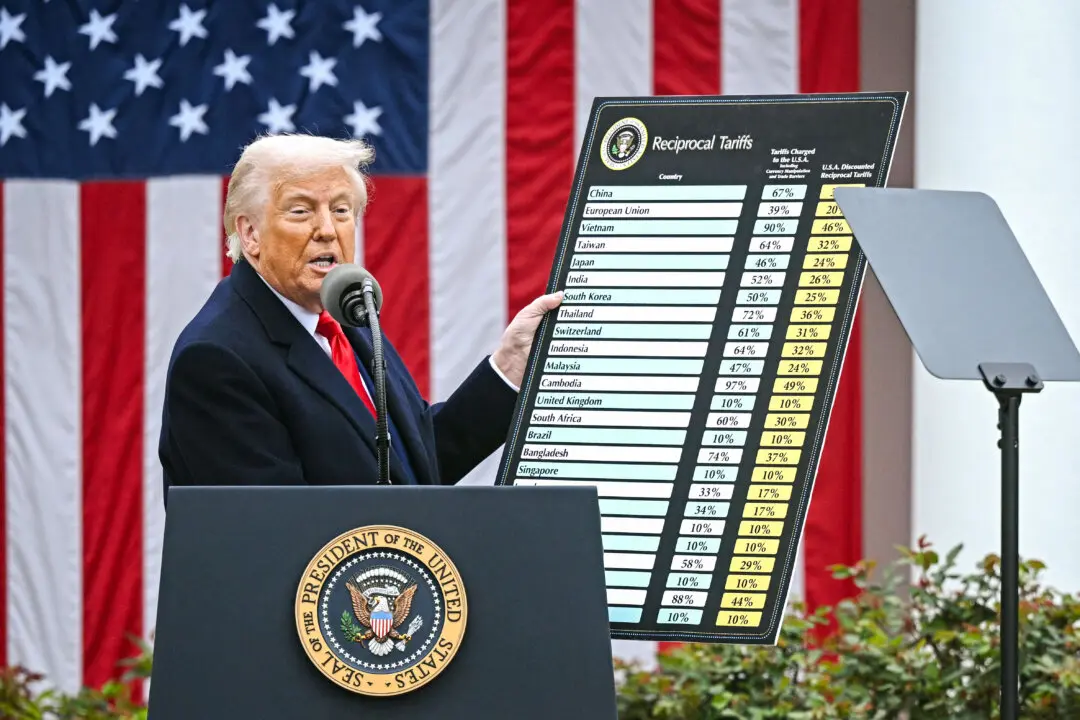An earthquake struck north of Oklahoma City on Friday evening, according to the US Geological Survey.
The agency said the quake registered at 4.0-magnitude on the Richter scale.
The quake hit near Medford, located about 100 miles from the Oklahoma City.
It had a depth of 3.1 miles.
AP: 3 earthquakes recorded in central Oklahoma
LANGSTON, Okla. (AP) — The U.S. Geological Survey reports three earthquakes near Langston in central Oklahoma.
The largest is a 3.9 magnitude quake that was recorded at 10:09 a.m. Friday about three miles southwest of Langston. The temblor comes following a 3.2 magnitude quake at 7:36 a.m. and a 3.4 magnitude quake recorded at 2:10 a.m.
The Logan County sheriff’s office says there are no reports of injury or damage from any of the quakes.
Each quake was recorded in the same area — which is about 30 miles northeast of Oklahoma City.
Geologists say quakes of magnitude 2.5 to 3.0 are generally the smallest that are felt by humans and that damage isn’t likely in quakes below magnitude 4.0.
AP update: Oklahoma looks for answers on earthquakes
EDMOND, Okla. (AP) — Central Oklahoma residents are demanding to know whether earthquake swarms that have shaken their homes and their nerves in recent months are caused by oil and gas drilling operations in the area.
About 500 people attended a meeting with regulators and research geologists Thursday night in Edmond. Many urged the Oklahoma Corporation Commission, which regulates the oil and gas industry, to ban or severely restrict the wells that are used to dispose of wastewater from drilling and that some scientists say could be linked to the quakes.
“We’re going to have people hurt and damaged,” said Angela Spotts of Stillwater, who has collected names for a petition calling for a ban on deep-well injections of wastewater.
Edmond resident Mary Fleming said she has experienced dozens, “maybe 100,” earthquakes and said they shake her house several times a week, causing cracks inside the home.
“The house rocks. The bed lurches,” Fleming said.
Earthquakes used to be almost unheard of on the vast stretches of prairie that unfold across Texas, Kansas and Oklahoma, but they’ve become common in recent years. Oklahoma has recorded 230 so far this year, including a magnitude 3.6 earthquake southwest of Guthrie recorded by the U.S. Geological Survey early Thursday.
Though most have been too weak to cause serious damage or endanger lives, they have raised suspicions that the shaking might be connected to the oil and gas drilling method known as hydraulic fracturing, especially the wells in which the industry disposes of its wastewater.
“There have been lots of little shakings,” said Nancy Vandeveire, who said the movement feels like waves of water beneath her house.
“It can go pretty much all night long,” Vandeveire said.
Now after years of being harangued by anxious residents, governments in all three states are confronting the issue, reviewing scientific data, holding public discussions and considering new regulations. The states are trying to reconcile the scientific data with the interests of their citizens and the oil and gas industry.
“How many people here woke up at 12:30 this morning?” Corporation Commission spokesman Matt Skinner asked the crowd as he recalled the time of the early morning temblor. Almost everyone raised their hand.
“Yeah, me too,” Skinner said. “What is happening is frightening. It’s worrisome. The search for answers is very, very real, and very personal.”
Austin Holland, a research seismologist with the Oklahoma Geological Survey, said the state is experiencing unprecedented earthquake activity and that his agency is closely monitoring it to determine whether theearthquakes are a natural phenomenon or are man-made.
“We’re having more magnitude 3 and greater earthquakes than the western U.S.,” Holland said.
Seismologists already know that hydraulic fracturing — which involves blasting water, sand and chemicals deep into underground rock formations to free oil and gas — can cause microquakes that are rarely strong enough to register on monitoring equipment.
However, fracking also generates vast amounts of wastewater, far more than traditional drilling methods. The water is pumped into so-called injection wells, which send the waste thousands of feet underground. No one knows for certain exactly what happens to the liquids after that. Scientists wonder whether they could trigger quakes by increasing underground pressures and lubricating faults.
Another concern is whether injection well operators could be pumping either too much water into the ground or pumping it at exceedingly high pressures.
Holland said the same drilling methods have been used in the state for years but that frequent earthquakesdid not become a problem until after 2009.
“Why now? We’ve been using these same technologies for 60 years,” he said.
Some residents suggested that disposal wells be barred in seismically active areas. Skinner said the Corporation Commission has recently incorporated seismicity into the permitting process for wastewater wells.
In Texas, residents from Azle, a town northwest of Fort Worth, who have endured hundreds of small quakes, went to the state Capitol earlier this year to demand action by the state’s chief oil and gas regulator, known as the Railroad Commission. The commission hired the first state seismologist, and lawmakers formed the House Subcommittee on Seismic Activity.
After Kansas recorded 56 earthquakes between last October and April, the governor appointed a three-member task force to address the issue.




